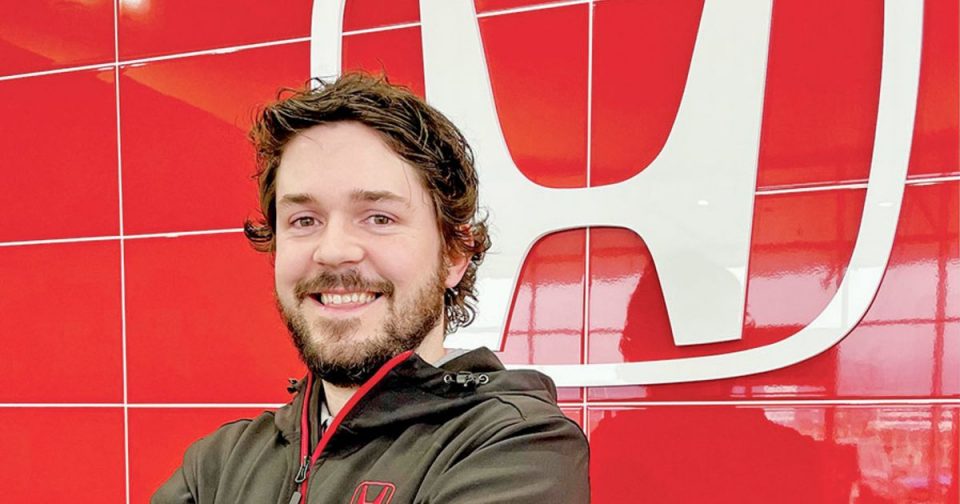Kurtis Wilde, parts manager at Murray Honda in Chilliwack, British Columbia, envisions the day dealerships use 3D printers to fabricate their own parts — small, plastic, non-safety-related ones within the next few years and larger, metal pieces sometime down the road.
He believes 3D-printing parts in the dealership and on demand could solve the problem of delayed vehicle maintenance and repairs created by back-ordered parts while also making it easier to find replacement parts for older vehicles.
“What these printers can do is unbelievable,” says Wilde, who owns two small 3D printers to make replicas of comic book superheroes, parts for his gasoline-powered, remote-controlled car and plastic knobs and clips for a friend’s camper.
“We’ve got cars that have been down since November,” Wilde said in March, because the dealership can’t get the parts to finish the repair orders. “Just think how helpful it would be if [3D-printed parts at dealerships] were a possibility.”
Technology improvements have made that closer to becoming reality. Parts shortages caused by pandemic-induced supply chain disruptions combined with a surge in repair work will spur dealerships to add the capability in about five to seven years, predict people who know auto parts and 3D printing.
But there are hurdles related to 3D printing in general that could impact how quickly dealerships embrace the technology in earnest.
Making sure all 3D-printed auto parts meet strict quality standards is among the issues to be addressed, as is protecting the intellectual property rights of parts designers, experts say.


